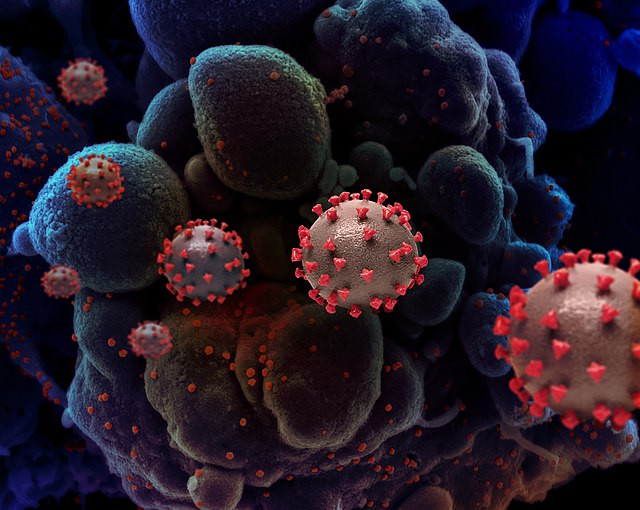Coronavirus levels in California's wastewater have surged to "very high" levels for the first time since last winter, according to the latest data from the Centers for Disease Control and Prevention (CDC). This spike in viral presence in wastewater highlights a broader trend of increasing COVID-19 cases across the United States, raising concerns about a potential summer wave of infections.
California is one of seven states experiencing "very high" levels of coronavirus in wastewater, alongside Arkansas, Florida, Maryland, Nevada, Oregon, and Texas. In Los Angeles County, the nation's most populous, COVID-19 levels in wastewater have also risen significantly. Data from the county's health department for the 10-day period ending June 29 shows that COVID-19 levels were at 27% of last winter's peak, a notable increase from 17% just three days earlier. Daily average cases in the county have also climbed from 215 for the week ending June 26 to 307 for the week ending July 7.
Nationally, the CDC reported high levels of COVID-19 in wastewater for the first time this summer, with the virus growing or likely growing in 44 states and the nation's capital. Near-record daily temperatures are exacerbating the situation, with two new highly transmissible COVID-19 variants, collectively known as FLiRT, contributing to more than half of the recent rise in cases. These variants, while more contagious, do not appear to cause more severe disease.
Experts continue to emphasize the importance of vaccinations. In California, only 36% of seniors aged 65 and older have received an updated vaccination since it became available last September. The CDC recommends that everyone aged six months and older receive at least one dose of the updated vaccine, with a second dose advised for those aged 65 and older, provided at least four months have passed since their last shot.
COVID-19 testing remains crucial, especially for those experiencing symptoms. According to Yale Medicine infectious diseases specialist Scott Roberts, current COVID-19 tests should detect the FLiRT strains. People are advised to take a rapid COVID test daily for three to five consecutive days if they develop symptoms, as it may take some time for the test to show a positive result after the onset of illness.
For those who test positive, health officials recommend wearing a mask, avoiding contact with high-risk individuals, and seeking medical treatment if necessary. According to updated guidelines, individuals who test positive but have mild symptoms and are fever-free without medication may return to school or work after one day of isolation.
The rise in COVID-19 levels is not limited to California. In Northern California, two of the largest sewersheds, covering San Jose and Palo Alto in Santa Clara County, have reported high levels of the virus in wastewater. The rate of positive COVID-19 tests in California has also nearly reached last summer's peak, with 13% of reported tests coming back positive for the week ending July 8, up from 4.8% a month earlier.
Los Angeles County has seen a corresponding increase in the percentage of coronavirus-related emergency room visits, which rose from 1.5% a month ago to 2.5% for the week ending July 7. The peak last summer was 5.1% of ER visits related to the virus.
The midyear surge in COVID-19 cases began earlier this year, starting in May. Typically, L.A. County's midyear bump in cases and hospitalizations began in early July in previous years, except in 2022 when it started in early May. Dr. Elizabeth Hudson, regional chief of infectious disease at Kaiser Permanente Southern California, noted that cases are still rising slowly. "We'll have to see where things go now, because now we're after the Fourth of July, and that's usually when we start to see more of an increase if we are going to see it," she said.
Health officials nationwide are closely monitoring the situation. New York City's Department of Health and Mental Hygiene recently urged residents to consider wearing masks in crowded indoor settings, especially for those at higher risk. The CDC has noted that the FLiRT subvariants, estimated to be 20% more transmissible than the winter's dominant subvariant, are now predominant.






